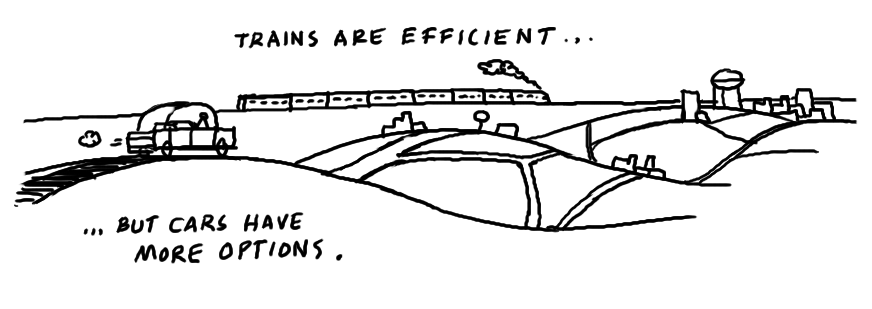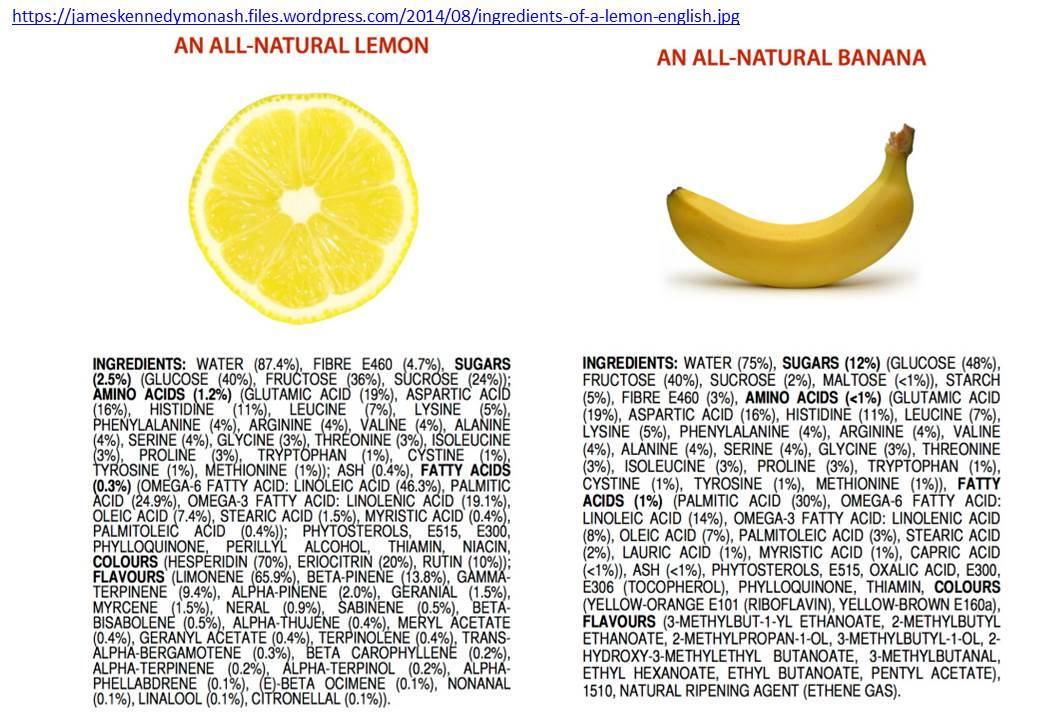Esta é a grande vantagem das PME, a flexibilidade, a rapidez com que podem mudar de agulha. Mesmo multinacionais cheias de recursos e de informação... estão tolhidas pela inércia."Most companies are not built for agility.
Most businesses today are not designed with agility in mind. Their systems are tightly coupled, because their growth has been driven by a desire for efficiency rather than flexibility.
.Consider the difference between a car on a road and a train on a train track. The car and the road are loosely coupled, so the car is capable of independent action. It’s more agile. It can do more complex things. ... But the train has fewer options — forward and back. If something is blocking the track, the train can’t just go around it. It’s efficient but not very flexible.Many business systems are tightly coupled, like trains on a track, in order to maximize control and efficiency. But what the business environment requires today is not efficiency but flexibility. So we have these tightly coupled systems and the rails are not pointing in the right direction. And changing the rails, although we feel it is necessary, is complex and expensive to do. So we sit in these business meetings, setting goals and making our strategic plans, arguing about which way the rails should be pointing, when what we really need is to get off the train altogether and embrace a completely different system and approach..This seems simple when you think about it. But it’s difficult to do. It’s hard to even think about it, especially when you are sitting on a business train that’s going a hundred miles an hour and you feel like it’s headed in the wrong direction."
.
Infelizmente, a maioria das PME não tem consciência desta realidade e, por isso, não a usam, não fazem a batota que podiam e deviam. Mais, iludidas pelo tempo de antena que os media dão aos grandes, revêem-se nas suas decisões, problemas e modelos mentais em vez de pensarem pela sua cabeça e verem o mundo pela sua perspectiva.
Quando o fazem... o mundo muda para elas e revela-se pleno de oportunidades!!!
Trechos retirados de "Wrangling complexity"


















%2006.21.jpeg)












